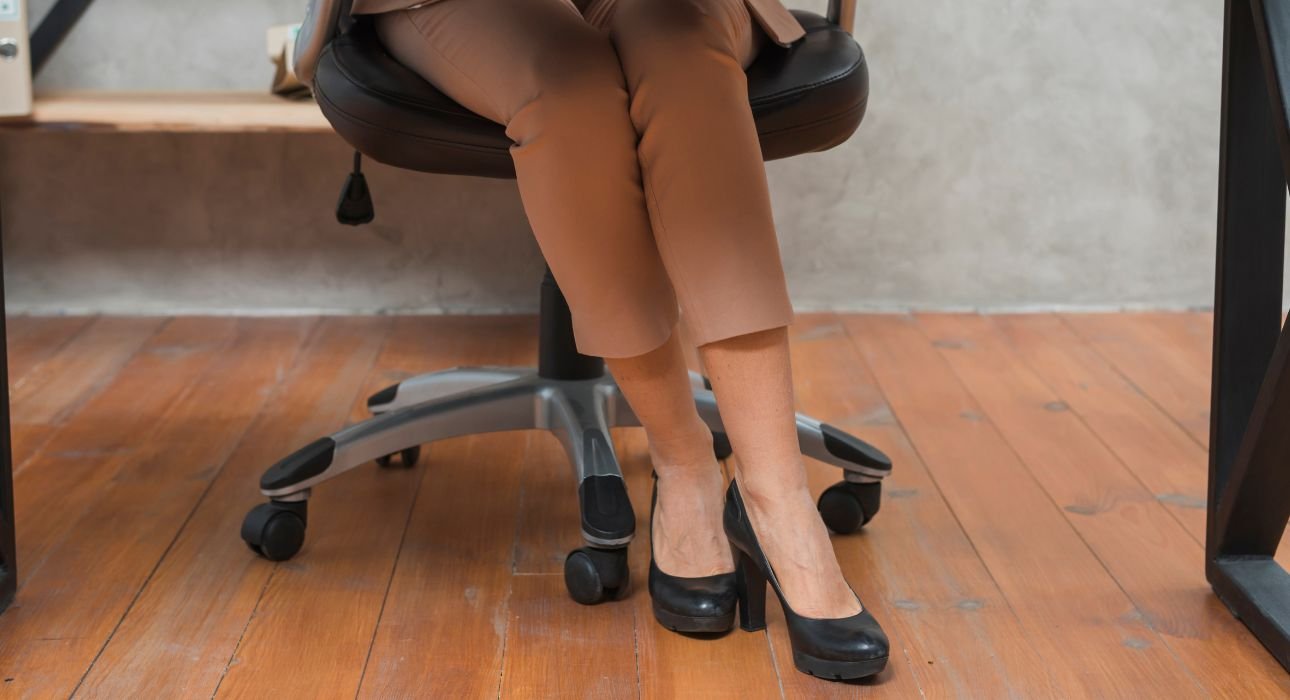Restless legs syndrome also referred to as Willis-Ekbom disease is a medical condition where the person has an irresistible urge to move their legs due to different sensations in their legs like crawling, itching, creeping or pulling. These sensations generally occur when the person is resting. Moving the legs gives temporary relief but the sensations soon return once the person is back to the resting position.
Symptoms of Restless Legs Syndrome
The symptoms are mostly not painful but they make the person uncomfortable and cause distraction in their daily lives. People suffering from RLS describe their symptoms as they feel the need to stretch their legs or they feel restless and uncomfortable, paining or throbbing, which causes them an irresistible urge to move around. It is also seen that the symptoms usually get worse during evenings or when the person has been resting or sitting in one position for a long duration. Stretching, walking around or pacing temporarily reduces the discomfort caused by the sensations.
The symptoms of RLS make it difficult to sleep peacefully as the sensations make it difficult to rest, this may cause fatigue due to lack of sleep and sleeping during the day. It can also cause changes in the mood due to discomfort caused by the sensations. The symptoms of the condition can also cause problems in concentrating and remembering things. In some cases, it can also become the reason for anxiety or depression.
What Causes Restless Legs Syndrome
Even though it is not properly discovered what exactly causes the restless legs syndrome, research says that things like genetics, lack of iron, certain medical conditions or medicines may play a role in Willis-Ekbom disease. Things like caffeine, alcohol, stress, nicotine or certain medications may cause the symptoms of the syndrome to become worse. Lack of sleep can also make the condition bad. Pregnancy can also sometimes trigger the symptoms of restless legs syndrome.
How is restless legs syndrome diagnosed?
There is not a proper, distinct test to diagnose the syndrome; diagnosis is done based on the medical evaluation done by the healthcare professional. The criteria that are considered while diagnosing the condition include,
- Intense, irresistible feeling to move your legs accompanied by uncomfortable, disturbing sensations.
- The feeling gets worse when you are resting or sitting idle
- The sensations reduce or vanish completely after you move your legs ∙ The symptoms get worse or get more intense during evening and night time.
All of these symptoms are not because of any other medical or behavioural problems. If your symptoms fit these criteria then you might be diagnosed with restless legs syndrome. Your medical and family history is also taken into account during the diagnostic process. Talking with your healthcare professional about your symptoms will help in the diagnosis of the condition and help in the treatment of your disease.
How to cure RLS
There is no proper medical treatment available to cure this condition but the symptoms of the syndrome can be treated to a certain extent. Talking to your healthcare professional or doctor about your condition and how to control symptoms can help you, also certain home remedies like heat packs or massages can prove to be effective in treating various symptoms caused by the condition. Medicines for treating RLS may include iron supplements, anti-seizure drugs, medicines that increase dopamine in your brain, etc. It is important to take the advice of your doctor and have a proper prescription before taking any medicines.
What lifestyle changes can help RLS?
Even though there is no specific treatment available for treating restless legs syndrome there are certain lifestyle changes that can help in relieving the discomfort caused by the symptoms of the condition. Reduce or completely avoid consumption of things like nicotine, caffeine and alcohol, as they aggravate the intensity of the symptoms.
- Have a proper sleep pattern and try following it.
- Reduce consumption of processed foods and food items that are high in sugar.
- Apply ice packs or heat packs to reduce the discomfort
- Massage your legs to ease the discomfort
- Try doing a little exercise every day
- And most importantly consult a healthcare professional at the earliest
- Taking a hot shower before bedtime can help your condition
- Maintaining a healthy diet can make a difference.
- Try eating iron-rich food items like spinach and other dark leafy green vegetables in your diet can bring a positive change
These changes in your daily routine can help in reducing your symptoms and improving your condition.
Restless legs syndrome or Willis-Ekbom disease is a medical condition that causes an irresistible urge to move your legs which also uncomfortable sensations in your legs like crawling, pain, itching, etc. There is no specific medical treatment to cure this condition but certain changes in your daily life like eating a healthy diet, following a sleep pattern, regular moderate exercise, etc. can improve the symptoms and lessen the discomfort caused by the sensations.
FAQs
1. Can symptoms of RLS occur in other parts of the body?
Yes, in some cases the symptoms may affect other body parts.
2. What food items should I avoid if I have RLS?
If you have RLS you should avoid consuming alcohol, caffeine and nicotine
3. What are some of the common symptoms of RLS?
Symptoms of RLS include the need to stretch their legs, feeling uncomfortable and having an intense feeling to move around.
4. What is the cause of RLS?
There is no proper answer to what might cause RLS, but things like genetics, lack of iron, certain medical conditions or medicines can contribute to RLS.
5. What lifestyle changes should I make if I have RLS?
Certain lifestyle changes like having proper sleep, eating healthy food, little exercise every day, etc. can help reduce the symptoms of RLS, but it is important to consult a doctor.
References +
- Pacheco, D., & Pacheco, D. (2024, May 9). Restless Legs Syndrome (RLS). Sleep Foundation. https://www.sleepfoundation.org/restless-legs-syndrome
- Restless legs syndrome – Symptoms and causes – Mayo Clinic. (2024, January 26). Mayo Clinic. https://www.mayoclinic.org/diseases-conditions/restless-legs-syndrome/symptoms-causes/syc-20377168
- Professional, C. C. M. (n.d.). Restless legs Syndrome. Cleveland Clinic. https://my.clevelandclinic.org/health/diseases/9497-restless-legs-syndrome
- Restless legs Syndrome. (n.d.). National Institute of Neurological Disorders and Stroke. https://www.ninds.nih.gov/health-information/disorders/restless-legs-syndrome
- Edgar, J. (2012, August 30). 8 Lifestyle Tweaks for Restless Legs Syndrome.
- WebMD. https://www.webmd.com/brain/restless-legs-syndrome/features/restless-legs-syndrome-and-lifestyle
- McDermott, A. (2016, December 19). Can certain foods ease my restless leg syndrome symptoms? Healthline. https://www.healthline.com/health/restless-leg-syndrome-diet#foods-to-add













Leave feedback about this